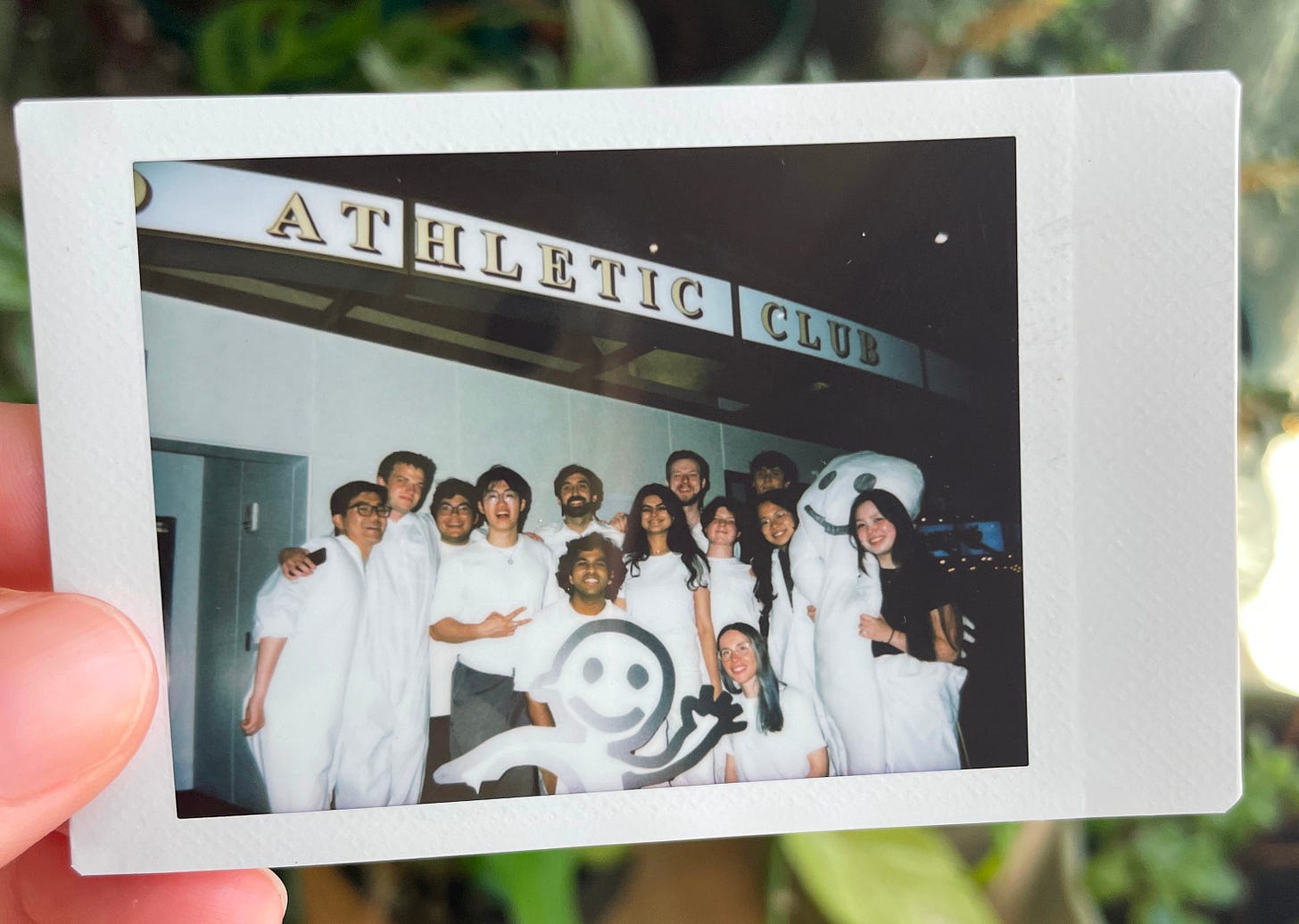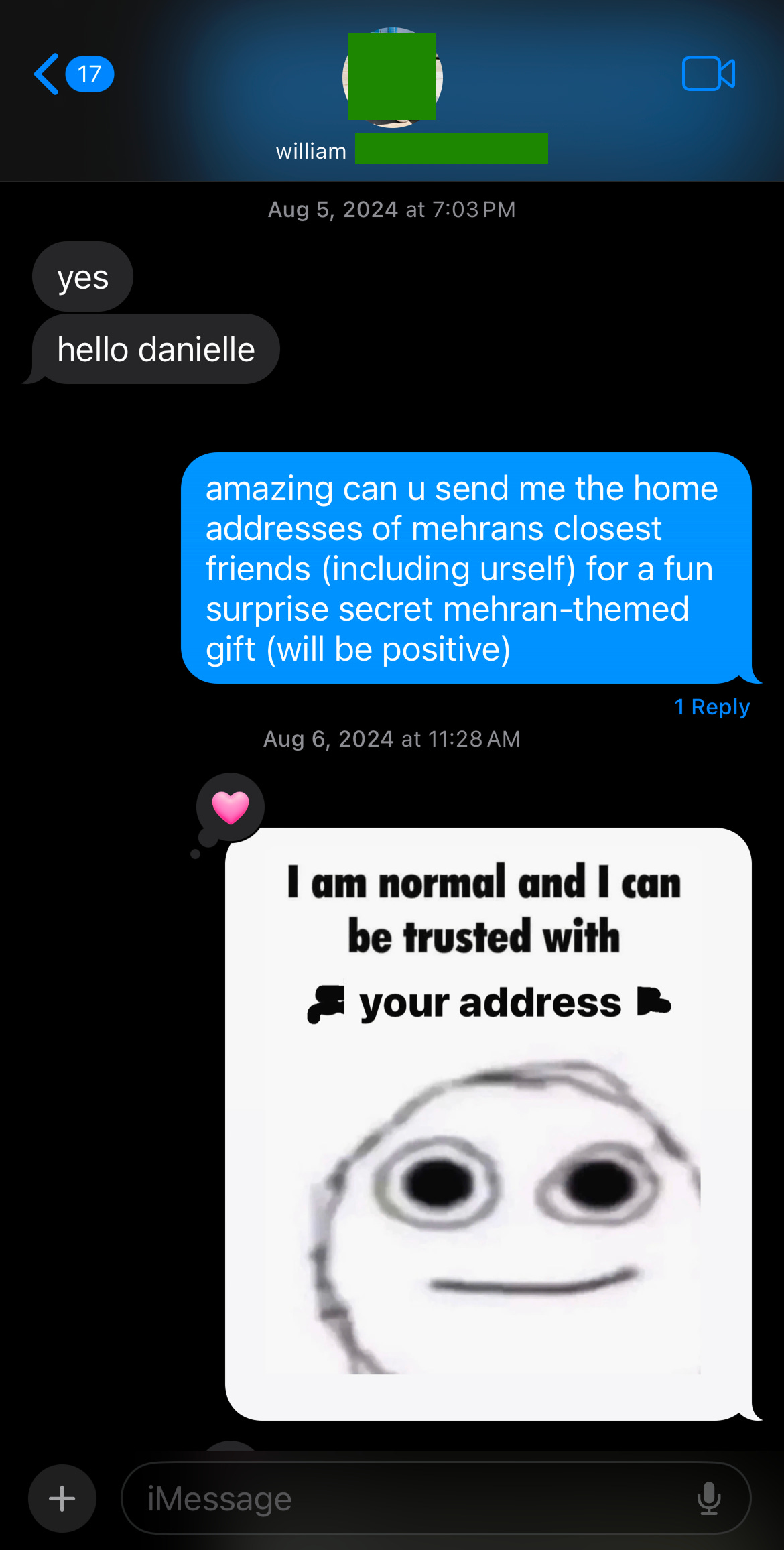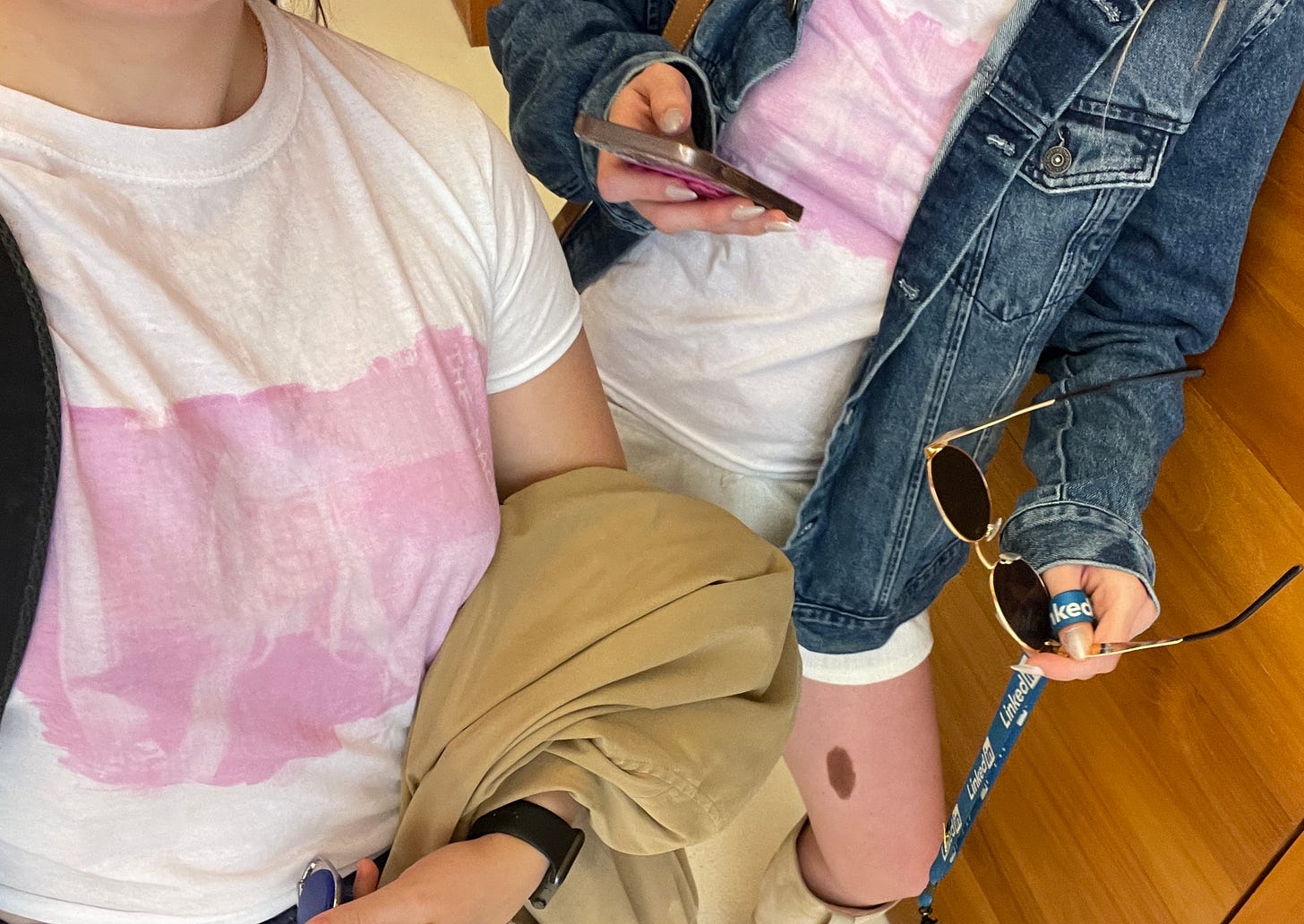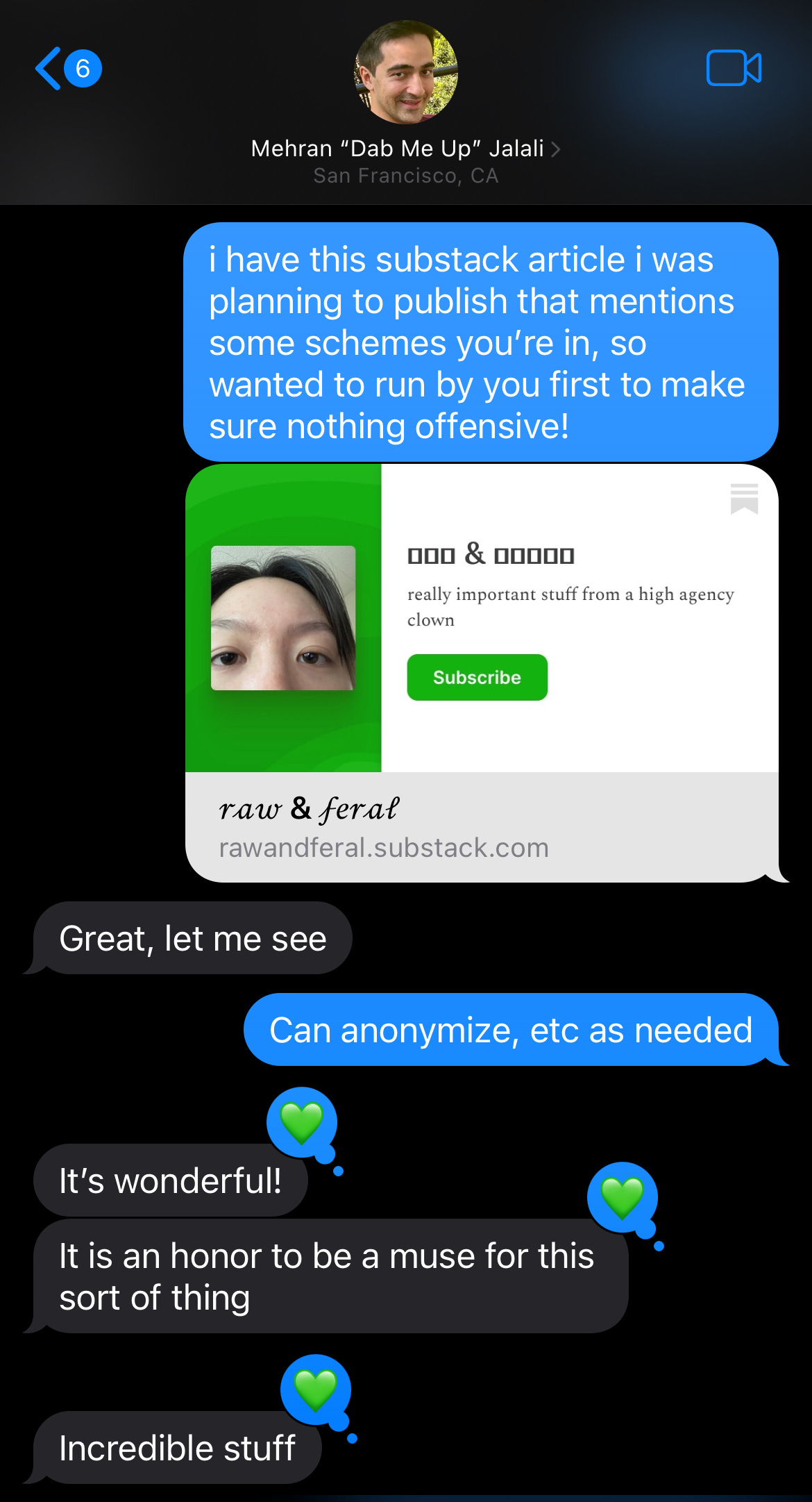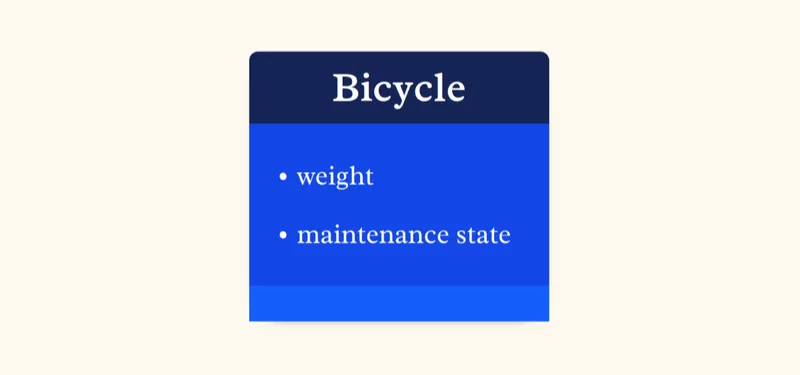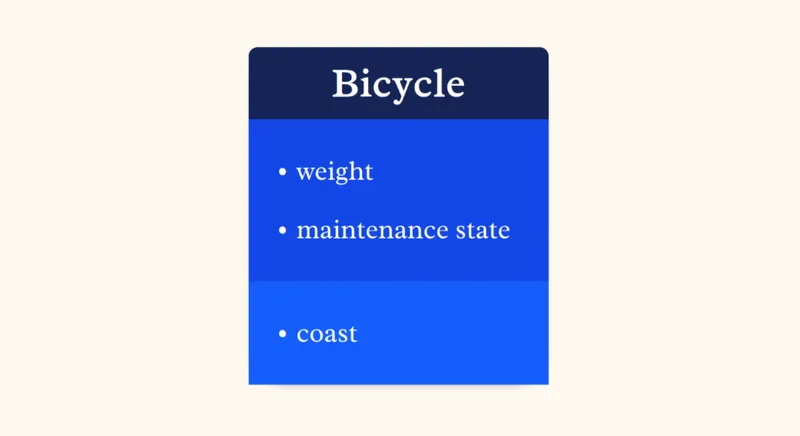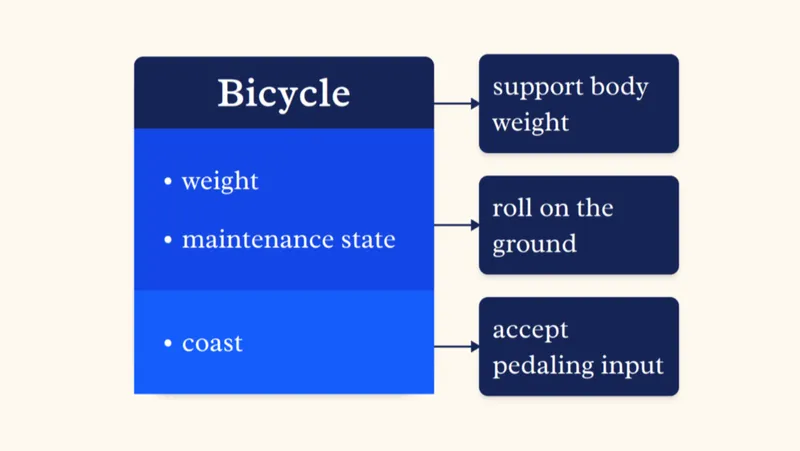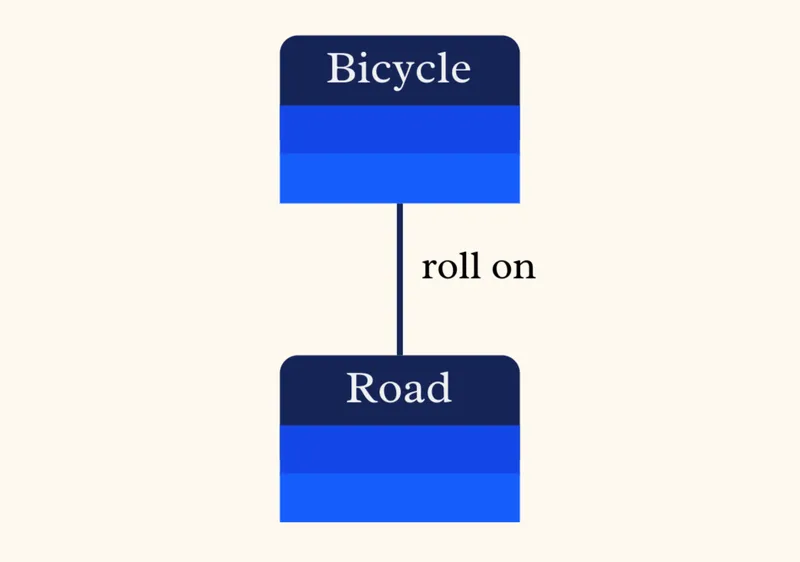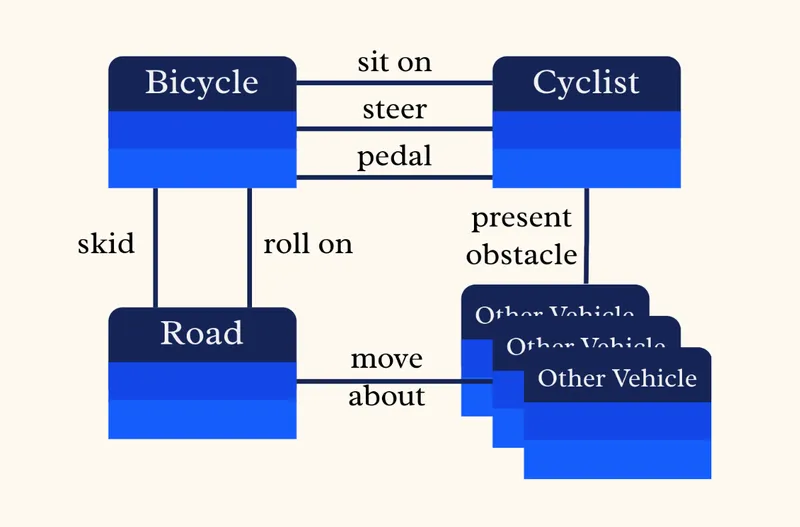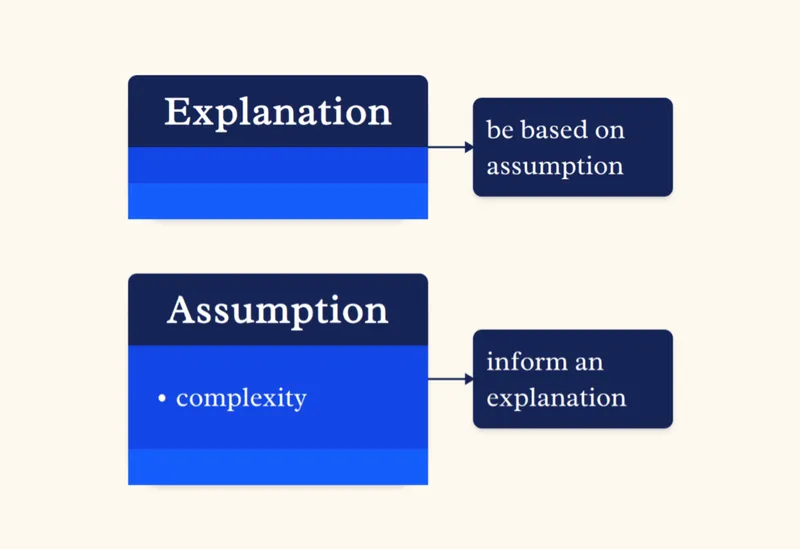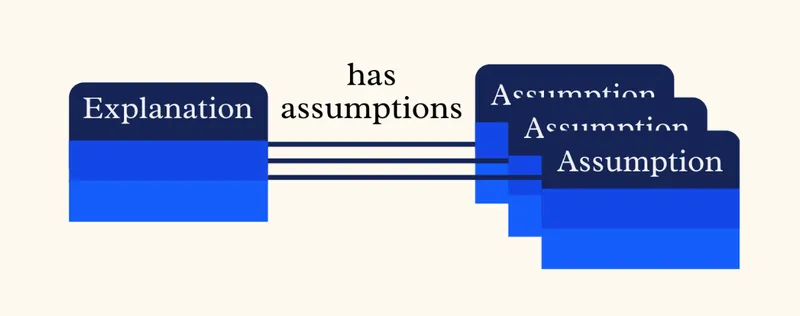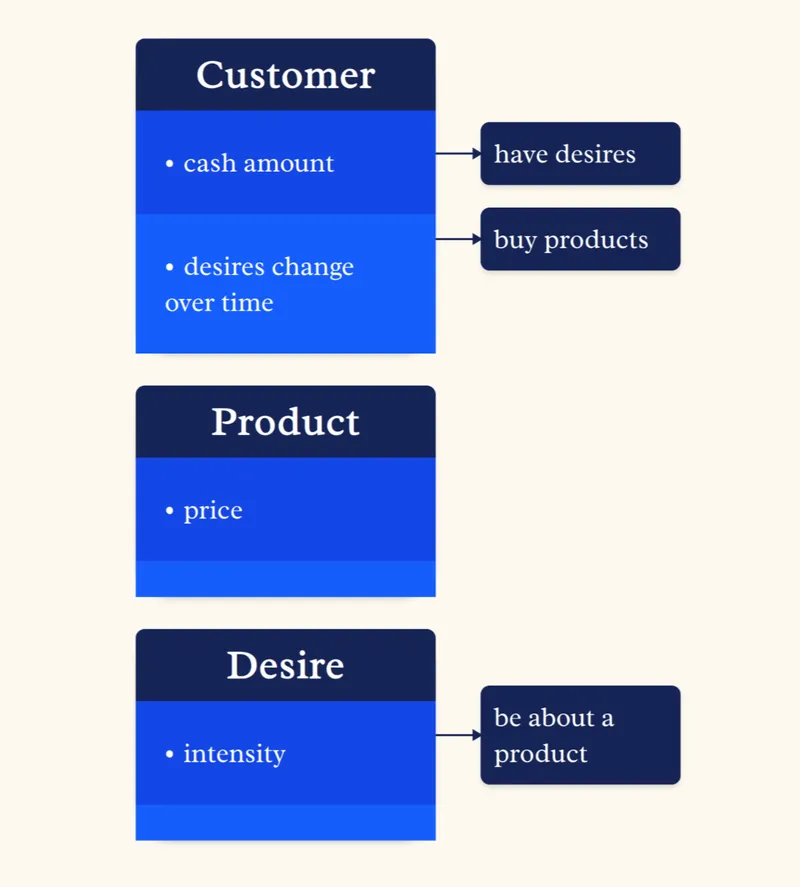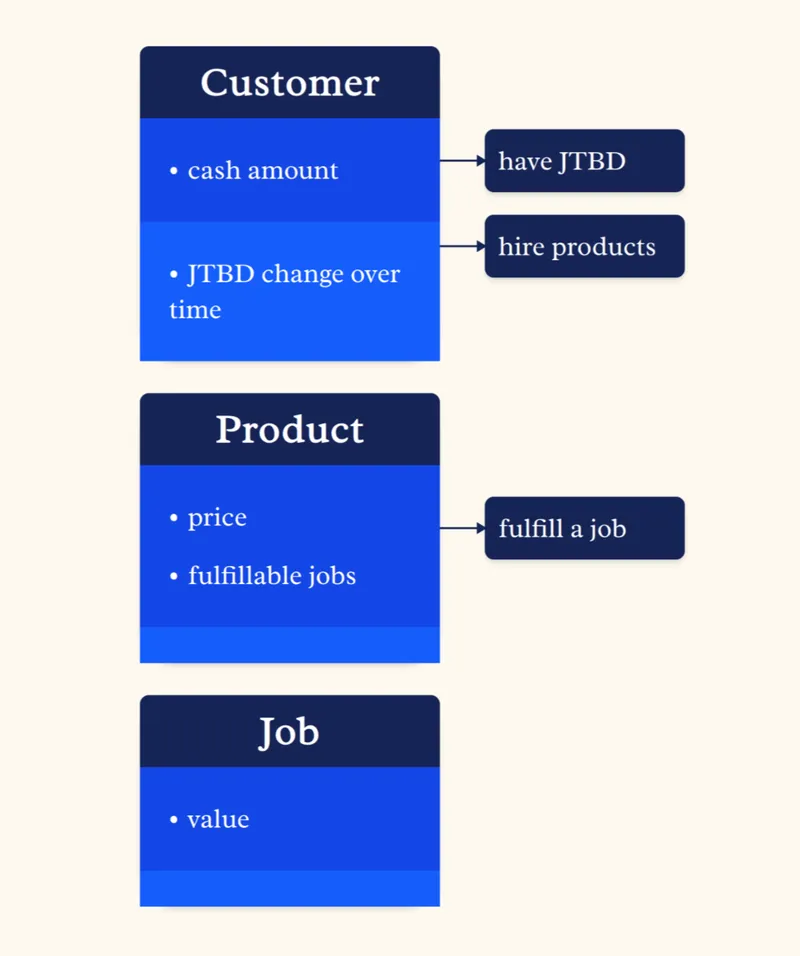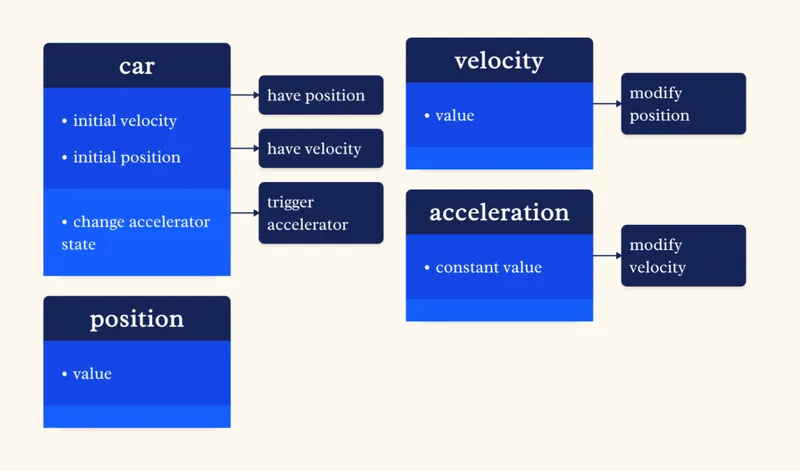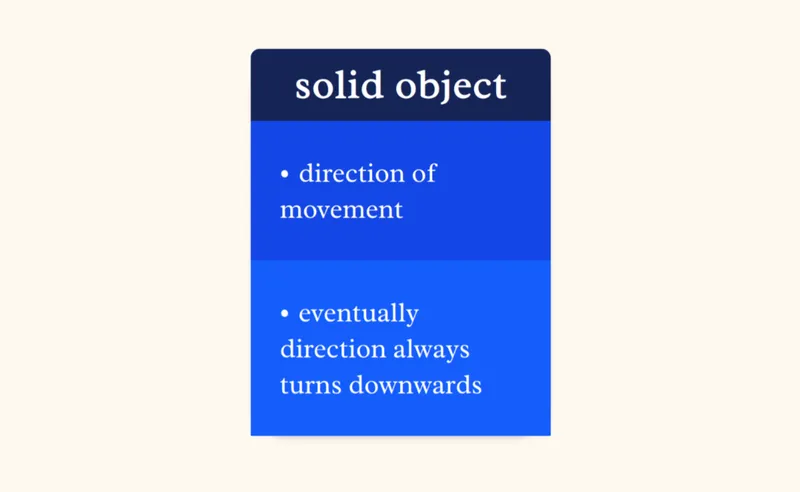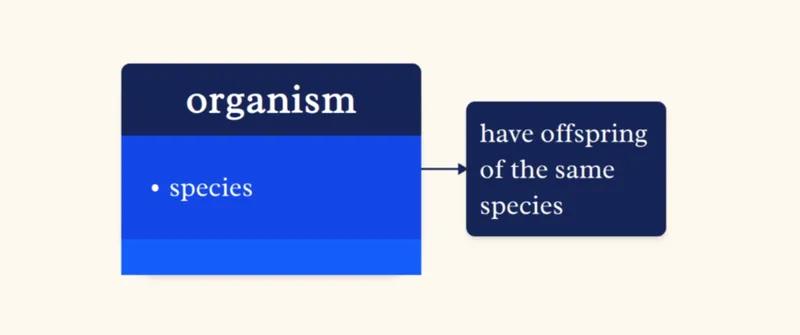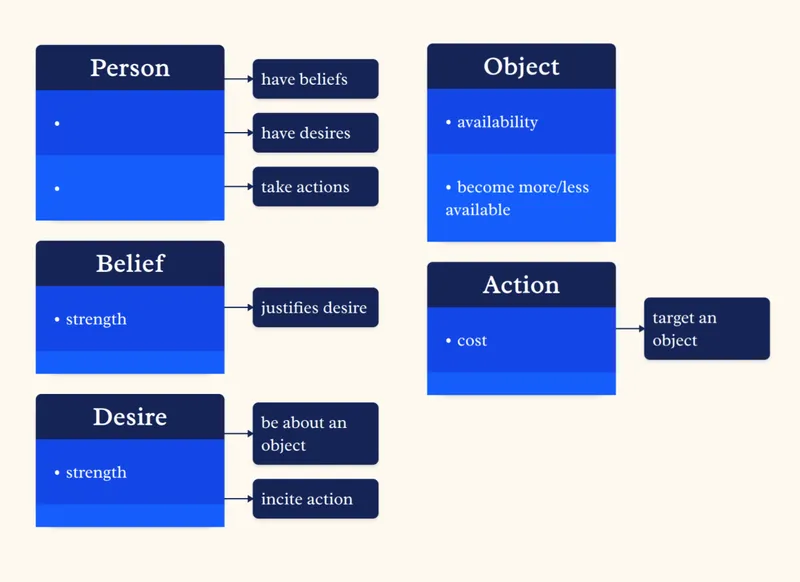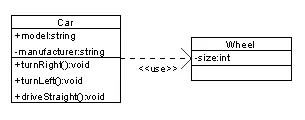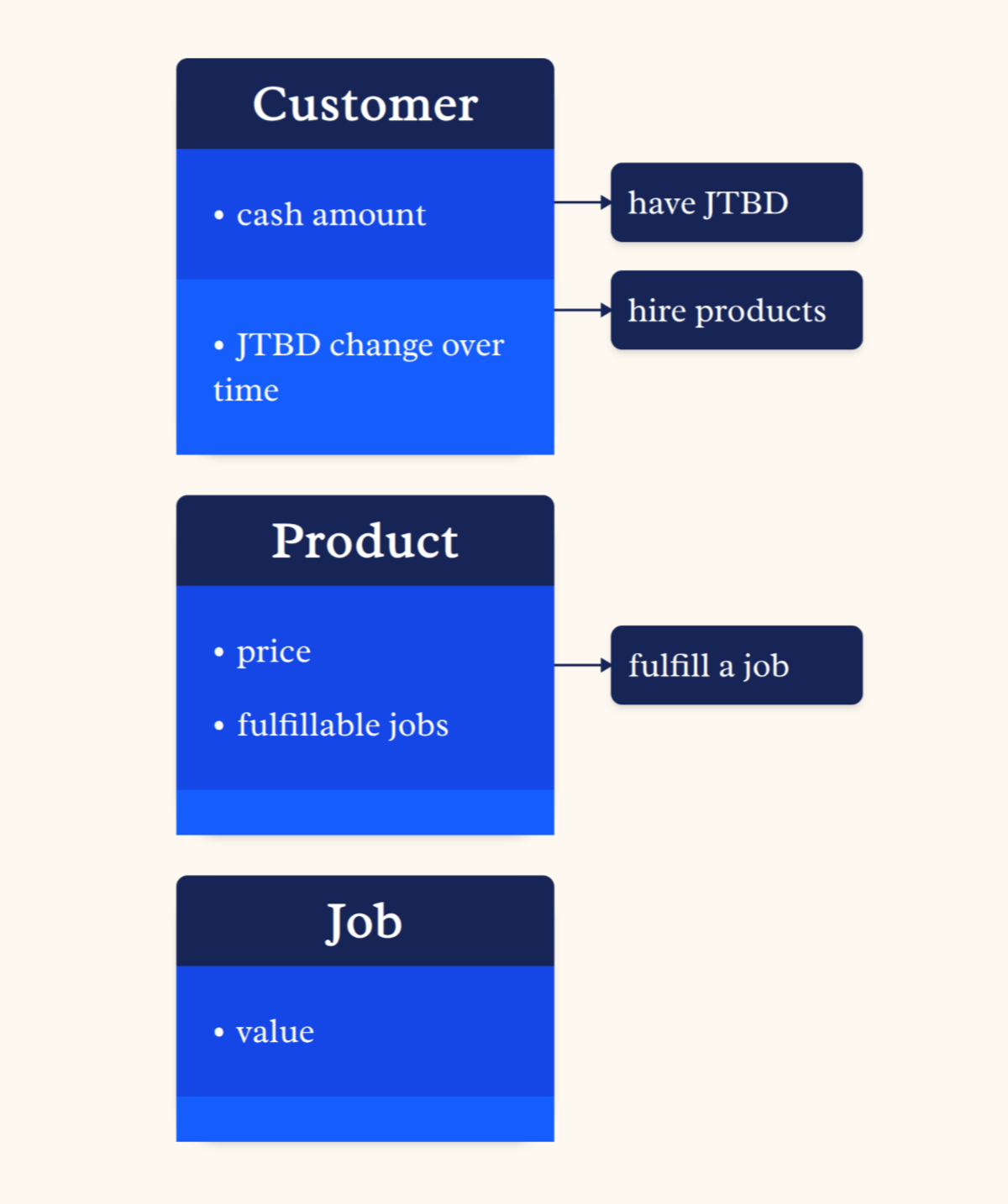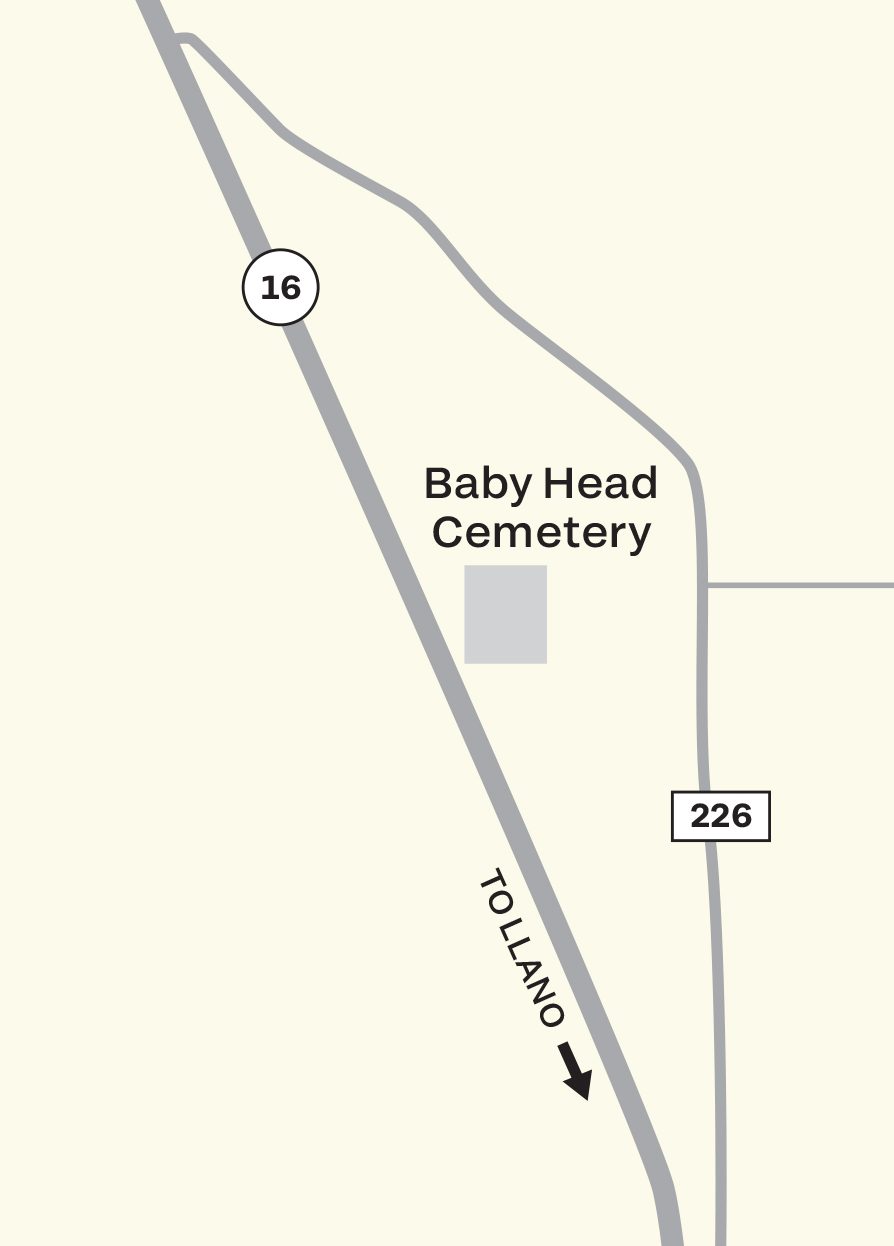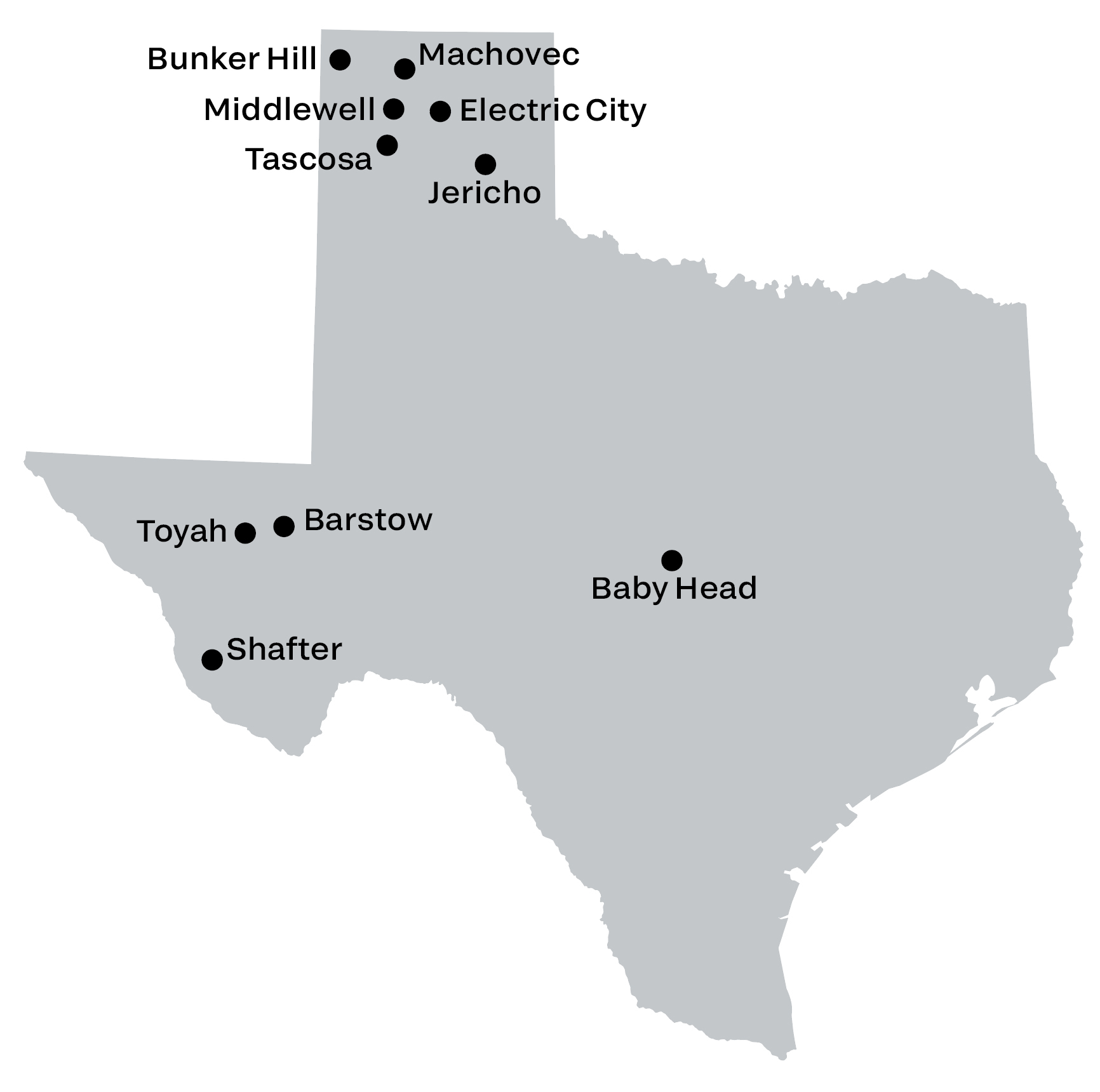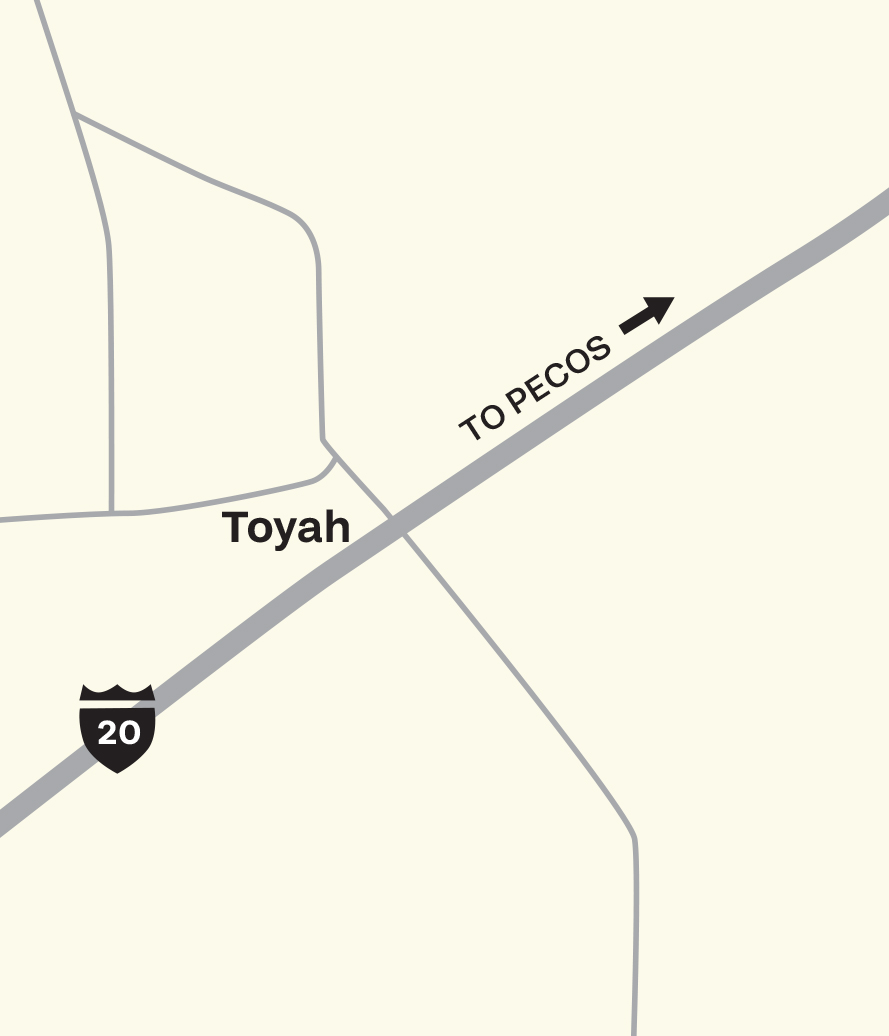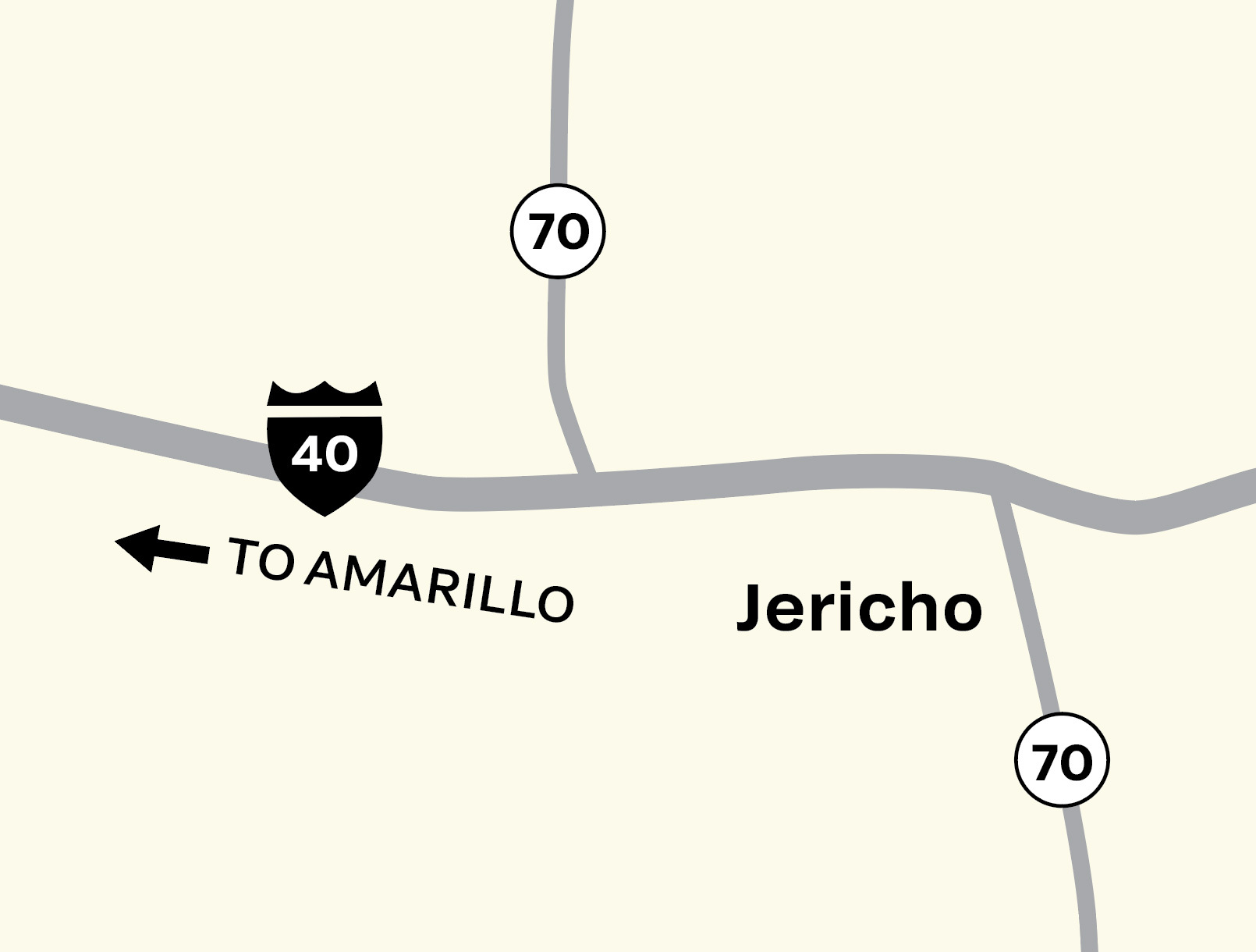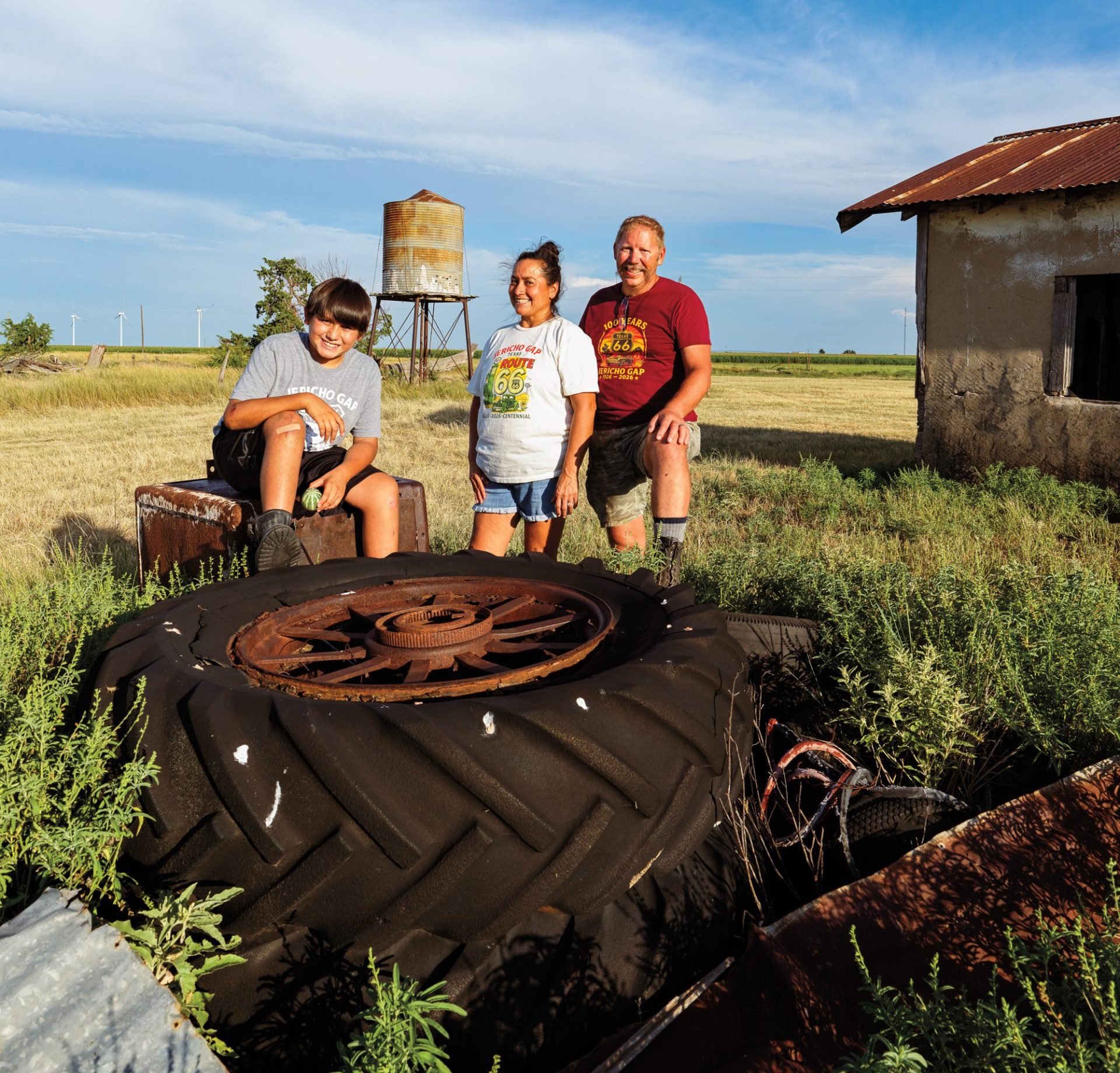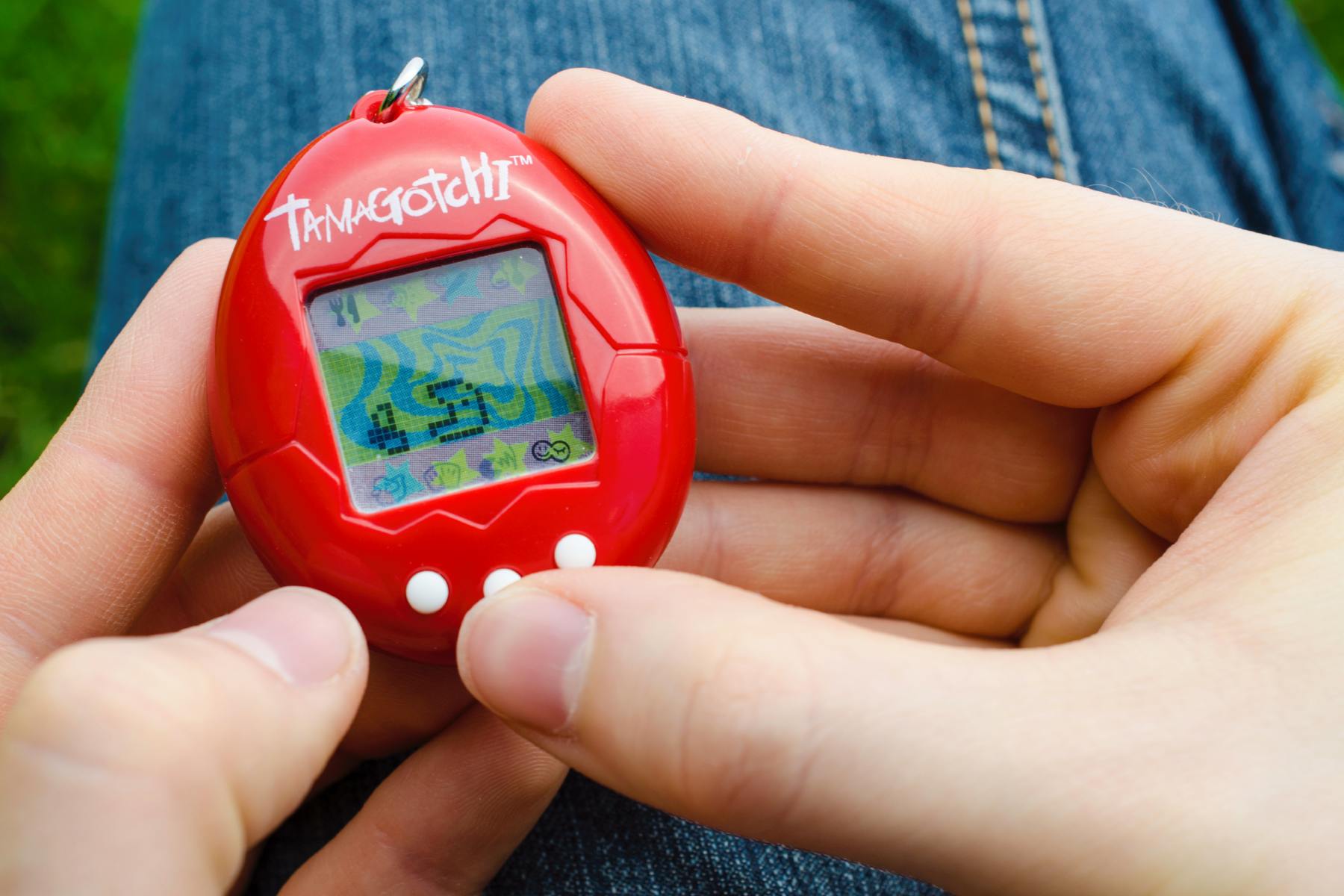
We hold our portable, personal media devices out at different angles to look back at us for taking photos or livestreaming. We tap, rub, and caress their glass faces to do and make things. We ask them questions or make requests through their voice-activated virtual assistants. And when they beep, chime, vibrate, or illuminate, we reflexively pick them up and hold them close.
The psychological conditioning produced by 1990s devices such as Tamagotchi is relevant, and even uncanny, when facing the trends of the 2020s and potentially beyond. Indeed, the Tamagotchi-clutching millennial children of the 1990s are now the smartphone-clutching millennials entering middle age.
First introduced in Asia, toys such as Tamagotchi, released in 1996, and Giga Pets, released a year later, came in colourful, egg-shaped plastic cases. Tethered to key chains, these toys had three or four control buttons and a small screen about the size of a quarter. Tamagotchi’s manufacturer, Japanese toy company Bandai, sold 400 million Tamagotchi worldwide within the toy’s first year and a half. (By comparison, it took Apple five years to sell as many iPhones.)
Laying out the development of “growing games” as a popular video game genre in Japan in the 1980s and 1990s, media scholar Machiko Kusahara notes that Tamagotchi represented a radical shift from PC-based games for taking care of virtual beings, from fish to baby princesses. “Tamagotchi broke the boundary of growing games . . . by removing visual and behavioural realism from the growing simulation and focusing on psychological impact,” Kusahara states.
With its small, monochrome, pixelated screen, Tamagotchi did not offer much in terms of an immersive screen world, even by the standards of the time. The realism of the toy, in terms of transforming the creature into a convincingly living being, was the production of its differing, unpredictable alerts.
Tamagotchi and Giga Pets require a user’s frequent intervention, normally prompted by beeps coming at irregular intervals, to ensure the device’s well-being. “At various times, your pet will require a certain kind of attention from you,” state the instructions for Compu Kitty, one of the Giga Pets produced by US toy company Tiger Electronics. “The unit will beep and the alert icon will light up.” Hearing the alert, the user must press one or more of the device’s buttons to satisfy its imminent “needs.” Typically, the more time that passes between the alert and the user’s response to the toy, the less effective this intervention will be in maintaining a good health score for the digital creature.
This pattern of interaction, repeated throughout the day over the five to twenty-five days of the creature’s life, entwines the user’s sense of responsibility, compassion, and security with the toy’s recognition, dependency, and functioning. “I think that you also start to love them when you take care of them,” explained Tamagotchi’s inventor, Akihiro Yokoi, in 1997. After a beep alert, the Tamagotchi user finds one of eight or ten icons illuminated, signalling the type of intervention necessary, including “feeding,” “cleaning,” or playing with the creature.
“It seems that the shape, personality, and life of each Tamagotchi is based on how well you take care of it,” the Tamagotchi instructions explain. “Seems” is an intriguing term in qualifying these statements, signalling not only that the user may have an impact on the device’s behaviour but that the device may also produce results independent of a user’s interventions.
This description aptly sums up the contemporary relationship we have with our personal media devices. Our behaviour certainly contributes to how they perform for us, but we never have complete control over their behaviour, as we never fully know how algorithms produce outcomes for us, nor whether those outcomes are based on machine learning or derive from—or factor in—the behaviour of other users, whose actions are entirely independent of our own.
Theorist Wendy Hui Kyong Chun has located the “creepiness of new media” in their diverse demands upon, yet seeming attentiveness to, the user. Through default settings such as push notifications and alerts that surface data to the screen when the user is not actively using associated apps, the device’s regular interruptions of everyday activities position it as an engaged intermediary, ceaselessly fielding, finding, and filtering information for the user while nevertheless requiring regular feedback in return.
Chun has formulated the equation “Habit + Crisis = Update” to describe contemporary, networked personal media use. It often involves regularly reacting to material offered up by the device. Our reactions can be deliberate communicative responses to others in the network, such as sending an emoji in reply to a text. However, they also may be actions we would not perceive as responses, such as merely opening a notification and looking at it, which are nevertheless recognized and recorded as data by the device and underlying systems. Or they may seem to blur these two possibilities, as when we open a text and the sender gets a notification that we have done so, even if we do not respond to the text.
Habit plus a “crisis” (that is, a development that requires a reaction) leads to a change in the system. And how the device interacts with its user is shaped, and reshaped, in part by the outcome of all these daily “crises” and updates.
The role of habit and crisis identified by Chun in personal media is central to the functioning and affective impact of toys such as Tamagotchi, as the onscreen creature’s development into a healthy digital being depends on intimacy between user and device. Having researched Tamagotchi, sociologist Sherry Turkle claims, “The Tamagotchis demonstrated a fundamental truth of a new human–machine psychology. When it comes to bonding with computers, nurturance is the ‘killer app’ (an application that can eliminate its competitors). When a digital creature entrains people to play parent, they become attached.” Bringing together object mobility with frequent interactions around caregiving, anthropologist Anne Allison claims “nomadic machines like the tamagotchi become a person’s constant companion almost more than anything outside the body itself.”
The user must also monitor the digital creature’s health. If there is a health problem with a Tamagotchi, the user must adjust feeding, cleaning, or playing interventions or administer “medicine.” Additionally, Tamagotchi may beep for none of these reasons, which means it is simply misbehaving and must be disciplined through further button pressing. Indeed, as with all other cases, in disciplining the creature, it is ultimately the user who is being disciplined by adjusting their behaviour and turning their attention to the device amidst irregular alerts while attending to their own daily needs and activities. As Compu Kitty’s instructions explain, among the device’s several icons and buttons, “you cannot choose [the alert] icon. Instead, this icon will light up to let you know that your pet needs something.”
Even when a user responds promptly to a Tamagotchi or Giga Pet alert, it is rarely a matter of simply pressing a button to silence the device. Take, for example, administering medicine to Tamagotchi. According to the instructions accompanying the device, users must “press the A button until the medicine icon is highlighted, then press the B. Sometimes 2 or 3 injections are needed before Tamagotchi is well.” Feeding also requires pressing A, then B several times, while trying to avoid overfeeding (in which case the creature will refuse to eat). “There are a total of 4 hearts on the ‘Happy’ and ‘Hunger’ screens and they start out empty,” the Tamagotchi instructions explain. “The more hearts that are filled, the better satisfied Tamagotchi is. You must feed or play with Tamagotchi to fill the empty hearts. If you keep Tamagotchi full and happy it will grow into a cute, happy cyber creature.” If a user ignores alerts, is late to respond to them, or provides an incomplete response by tapping the wrong buttons or not tapping the right button enough times, then the creature suffers in its development. “If you neglect Tamagotchi, it grows into an unattractive alien,” the device’s instructions warn users.
Allison argues that “the care taken by children in raising their digital pets encouraged a degree of personalization and emotional closeness with cybertechnology previously unseen with kids.” The increasing frequency of software update alerts by personal media devices today (and the apps they house) has transformed them into something like digital pets.
It is no coincidence that social media platforms capitalized on updating and intensified the practice through the development of platform-specific versions of the types of digital pets developed by Bandai, Tiger Electronics, and others. In 2007, Facebook created the Facebook Platform, a format that allowed third-party software developers to create products that would function within a user’s Facebook experience. These products, such as games, could interact with Facebook affordances and features like notifications to friends and followers of status changes.
One of the first third-party accessories to appear was SuperPoke! Pets by Slide, arriving on the social media site within a month of Facebook Platform’s release. SuperPoke! Pets gave users a choice of twelve pets. Once selected, the user would take care of the virtual pet through the platform and attend to any signalled needs, much like Tamagotchi or a Giga Pet. The requirements of taking care of this pet ensured that SuperPoke! pet owners would access and use Facebook regularly. “You must check in daily to keep the care meters from running down to zero. Washing, feeding, tickling and giving your pet a play date once a day will keep him happy and earn extra income for your pet’s household,” explained one site offering SuperPoke! Pets tips. The simple updating of the pet could blur into a user updating their own status and content on the site, as well as seeing updates of other users in their news feed. Organizing play dates, of course, required interacting with other Facebook users who had SuperPoke! Pets. Additional Facebook games, such as Pet Society by Playfish (2008) and PetVille by Zynga (2010), offered similar opportunities for interaction with virtual pets and other users who owned them on the platform.
This frequent, datafied caregiving—necessary for the survival of these virtual pets—builds an empathetic relationship between user and onscreen character that incorporates the device as the sole means of interaction. Caregiving is not just a matter of giving attention but of taking the time to provide the right attention to meet the pet’s specific and changing needs.
Developmental psychologist Alison Gopnik has theorized that “one of the principal mechanisms for establishing . . . relationships of care is caring itself.” As Gopnik explains, “We don’t care for others because we love them, we love them because we care for them.” The intensity and variety of care required for virtual pets forges bonds between the user and the pet. These may not be long-lasting bonds, but within the relatively short lifetime of the pet, they can be strong, so that forgetting or losing the key-chain device that ostensibly houses the pet could cause significant stress, panic, or pain. When we care for our other personal media devices in similar ways—regular interactions, responding to cues at irregular and frequent intervals, keeping them by our side—similar bonds may emerge, even if we do not consciously recognize our device as another being. This may explain, for example, the common experience of phantom vibration syndrome not as sensitivity to the possibility of communication from others but rather as the plea of the device itself as an animated object requiring care.
Designer Judith Donath has explored the qualities that will trigger affective connections with digital pets over other interactive objects or programs. For Donath, the metaphor of the animal is reinforced by “the design of interaction between owner and ‘pet,’ through a combination of autonomous behaviour, dependency, intensive interaction, and ongoing development, [which] engenders deep devotion to them.” This interaction is amplified by two design attributes, according to Donath: embodiment through the device and the device always being on. Even though the device is “physically . . . unremarkable,” Donath notes that “the pet is the whole physical package, not just the image on the screen. Seeing the pet as an object, rather than a program, helped lend it credence as a creature.” By remaining always on, the device supports an “illusion of aliveness.”
Personal media devices can be understood as expansions of the self. The user’s care for the device and the device’s seeming care for the user intensify that expansion. For digital toys that gamify care, the user’s attempts at meeting the device’s survival needs are blatantly quantified. SuperPoke! Pets had care meters; Tamagotchi had health meters. Early instructions for Tamagotchi explained that “you determine the mood, health, and behavior of the Tamagotchi with the health meter.” Giga Pets had health and happiness scores. These varied scoring schemes, like rudimentary ranking and analytics mechanisms foreshadowing later score-based health apps and device features, were at the heart of maintaining the proper functioning of these virtual beings. As Allison states, “This is the rubric of the tamagotchi: a pet that goes virtually anywhere but whose existence is rooted in, and mimetic of, corporeal upkeep.”
The consequence for neglecting alerts or administering improper care was an increasingly unhealthy pet and even premature death. Tamagotchi might live for weeks but, if neglected, could die in days. “Just forget to feed it for one day, or miss cleaning the toilet for a few hours—it would become seriously ill and even die if not given medicine,” explains Kusahara. While death was inevitable with Tamagotchi, it was the threat of poor development and early death due to misuse that raised the stakes of user-device interaction.
Within the context of the mid-1990s, this intense user-device relationship was seen as unusual and harmful, especially for children. The New York Times noted that Tamagotchi is “a dictatorial little toy that threatens to die if the child stops playing with it.” A Smithsonian Magazine piece on the twenty-fifth anniversary of Tamagotchi includes testimony to the psychological effect of the toy’s virtual death. “I remember, very clearly, standing in the kitchen when my sister found out that her Tamagotchi died, and just how traumatic that was for her,” states one Tamagotchi user of their experience of the toy as a child. Tamagotchi that died in “infancy” would simply end with a fading screen. Those that lasted to maturity would have a death sequence that depicted a ghost by a gravestone (in the Japanese model) or an angel among stars (in the English-language model).
Amidst criticism for hooking kids on intensive cycles of care that, after a couple weeks, resulted in the loss of the virtual being they had worked so hard to keep alive, Bandai made changes to Tamagotchi functionality. A pause button was added, for example. While Tamagotchi and Giga Pets typically “slept” at night and made no beeps, they would beep once or twice an hour during the day. Like the “Do Not Disturb” settings available on most phones today, the pause button was particularly helpful for users in contexts where the devices were restricted or prohibited, such as schools. A New York Times editorial criticizing the toys mused that, in light of such changes, “with any luck, the kids will lose interest in a pet that no longer requires their constant attention.”
These and similar virtual pets would position portable, digital devices as personal companions for many young people at the turn of the millennium, preparing them for the type of frequent interactions we have with our devices today, especially in terms of updating and monitoring. Writing in 2007, Kusahara remarked, “Now looking back, the interaction a user could have with Tamagotchi was not a happy or entertaining one at all. It was in fact a game, because users tried it repeatedly (if not too shocked by the death) to obtain all possible forms of metamorphosis [of the creature] . . . The biggest lesson was that users should be able to enjoy virtual characters. There was little sense of humour in Tamagotchi, after all.”
Gopnik has described caring for others as a “kind of expansion of the self.” However, in writing about the self and computing’s relational artifacts (such as robots and interactive toy creatures), Turkle warns:
It is relatively clear that Tamagotchi and Giga Pets did not care for their users. They were the needy ones—their happiness meter was theirs, after all, not ours—and it was up to us to maintain them in good health. Part of that good health was simply interacting with them, however, to build an affective relationship between user and device. Today, the metrics go both ways, as device performance (especially it being “up to date”) and our performance are constantly measured and analyzed, with data and notifications frequently shared for both. As this process intensifies, with more user data collected and more nuanced data packaging and analysis from the device, the expansion that Gopnik and Turkle describe will only continue.
Writing for PCMag in 2018, Benj Edwards commented that “these key chain buddies taught a generation of 1990s kids about responsibility and/or how difficult it can be to take care of a helpless creature. They were a cultural touchstone for a generation.” What seemed like an extraordinary transgression in affective transference and intimacy a quarter-century ago now cleaves toward the norm for users and their devices.
Adapted and excerpted from Needy Media: How Tech Gets Personal by Stephen Monteiro, published by McGill-Queen’s University Press, 2025. Reproduced with permission from the publisher.
The post How Tamagotchi Trained Millennials for the Era of Needy Devices first appeared on The Walrus.